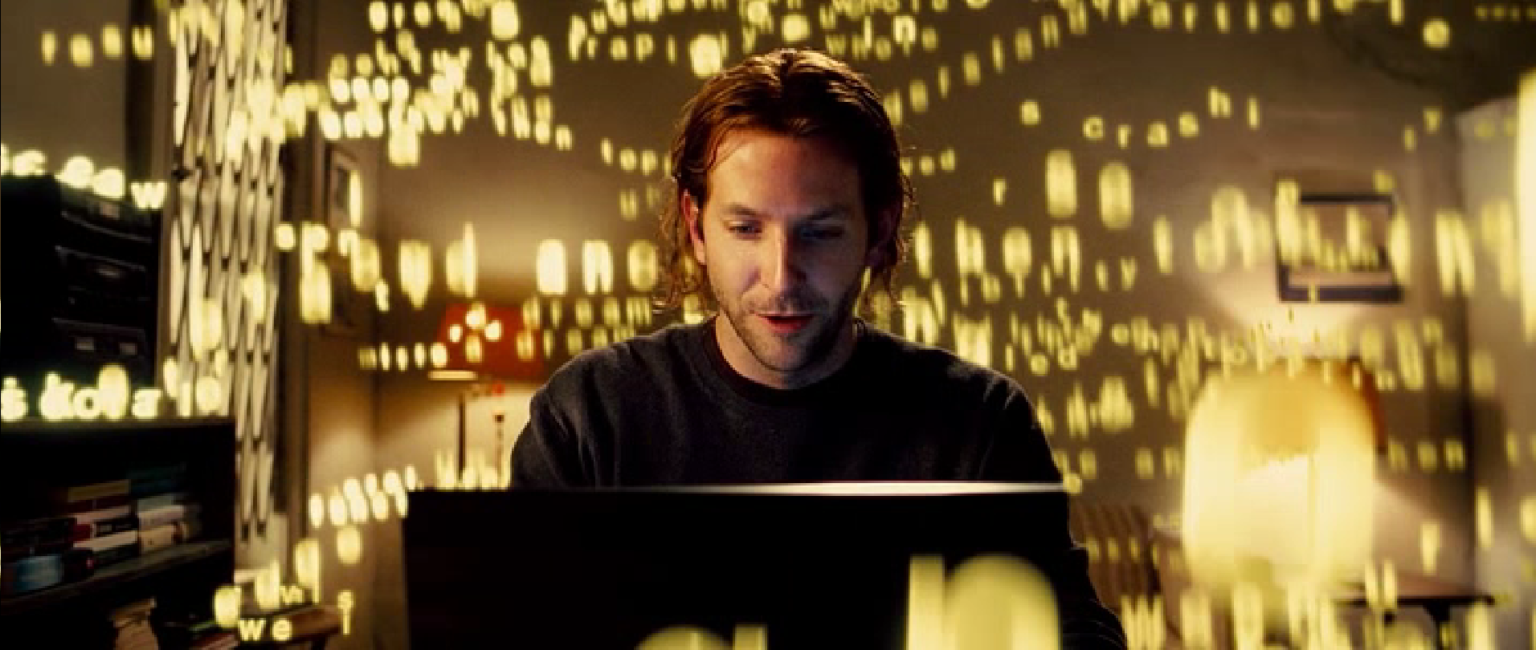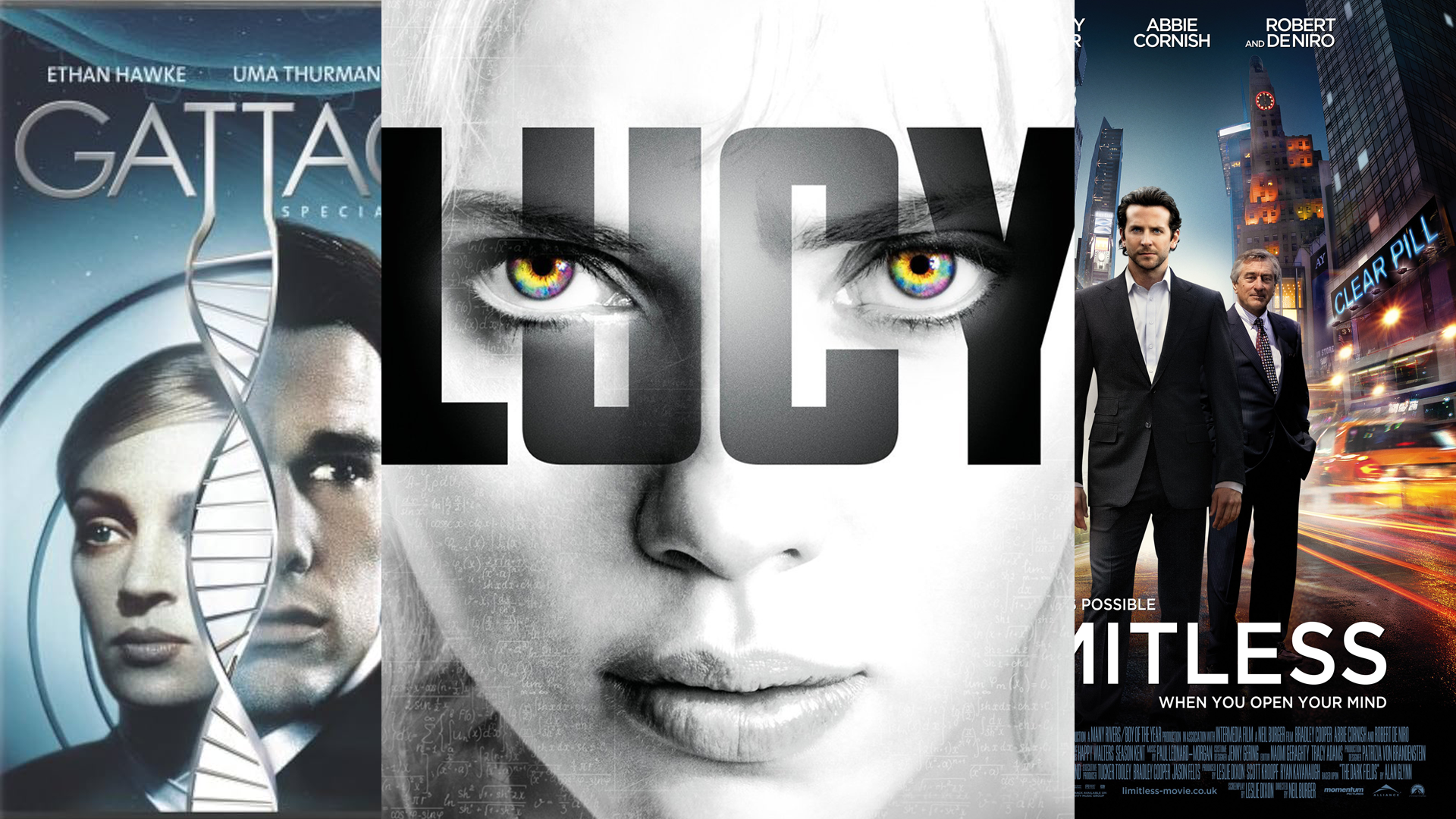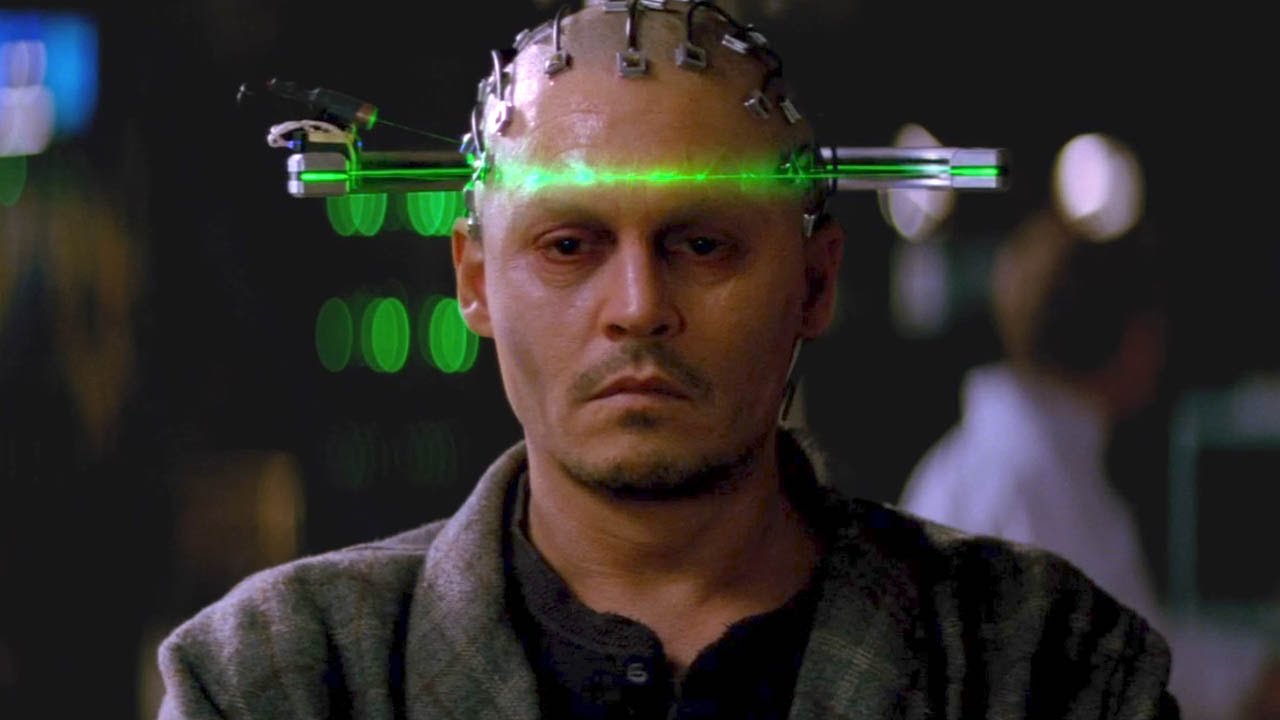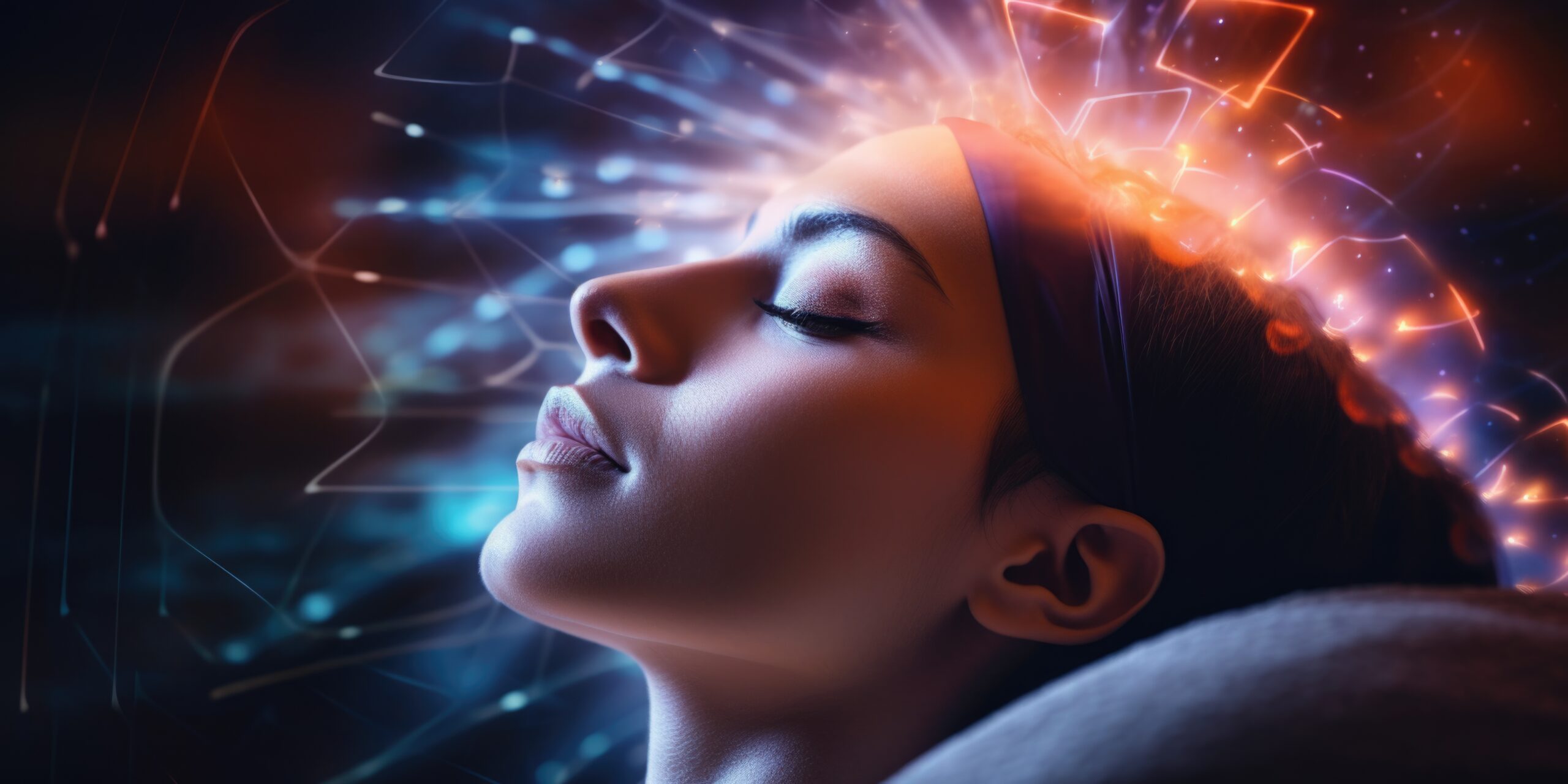Biohacking on the Big Screen: Popular Movies and Their Real-Life Parallels
Biohacking, the art of optimizing human performance through biology and technology, has not only captured the interest of health enthusiasts but also filmmakers. Several popular movies have explored themes of human enhancement, technological integration, and genetic modification. While they often take creative liberties, these films can offer insights into the possibilities—and potential dangers—of biohacking. Here, we delve into some of the most popular movies that depict biohacking principles and how they relate to real-world advancements today.

“Gattaca” (1997)
Movie Overview: Set in a future where genetic engineering is commonplace, “Gattaca” explores the life of Vincent Freeman, born naturally without the genetic modifications that have become the societal norm. The film addresses themes of genetic discrimination, personal identity, and the human spirit.
Real-Life Parallel: Today, CRISPR-Cas9 technology allows scientists to edit parts of the genome by removing, adding, or altering sections of the DNA sequence. It’s a promising tool for treating genetic disorders and diseases. However, it also raises ethical questions about gene editing in embryos and the potential for a future where genetic alteration could lead to new forms of social inequality.

“Limitless” (2011)
Movie Overview: “Limitless” follows Eddie Morra, a struggling writer who takes a nootropic drug called NZT-48, which allows him to access 100% of his brain capacity, vastly improving his intelligence, memory, and focus.
Real-Life Parallel: While no real drug can provide such miraculous benefits, the concept of nootropics—substances that can enhance cognitive function—is grounded in reality. Compounds like modafinil (used to treat narcolepsy) and even caffeine are considered nootropics and are widely used to enhance cognitive performance in everyday life.
“Lucy” (2014)
Movie Overview: In “Lucy,” the titular character gains superhuman abilities after a nootropic drug is accidentally absorbed into her bloodstream, giving her abilities like telekinesis, pain insensitivity, and superintelligence.
Real-Life Parallel: Though “Lucy” extends into the realm of science fiction, it taps into the ongoing research into brain-computer interfaces (BCIs). These devices connect the brain to external devices to help restore motor functions or even enhance human capacities. Companies like Neuralink are working on developing implantable brain–machine interfaces that could one day enhance memory or allow for more direct interaction with technology.
“Transcendence” (2014)
Movie Overview: “Transcendence” features a scientist who uploads his consciousness to a supercomputer. This fusion of human cognition and artificial intelligence results in unprecedented abilities but also unforeseen consequences.
Real-Life Parallel: Artificial intelligence is increasingly being used to replicate or augment human intelligence. AI can now perform complex tasks, from driving cars to diagnosing diseases, suggesting that the integration of human intelligence with AI could drastically enhance human capabilities or decision-making processes in the future.
Final Thoughts
While films like “Gattaca,” “Limitless,” “Lucy,” and “Transcendence” portray exaggerated versions of biohacking, they reflect genuine scientific pursuits and ethical dilemmas facing society today. From genetic engineering and nootropics to brain-computer interfaces and artificial intelligence, these cinematic stories encourage viewers to think critically about the implications of such technologies. As biohacking continues to evolve, it remains to be seen how closely life will imitate art. But one thing is clear: the intersection of biology and technology will undoubtedly play a significant role in shaping our future.







